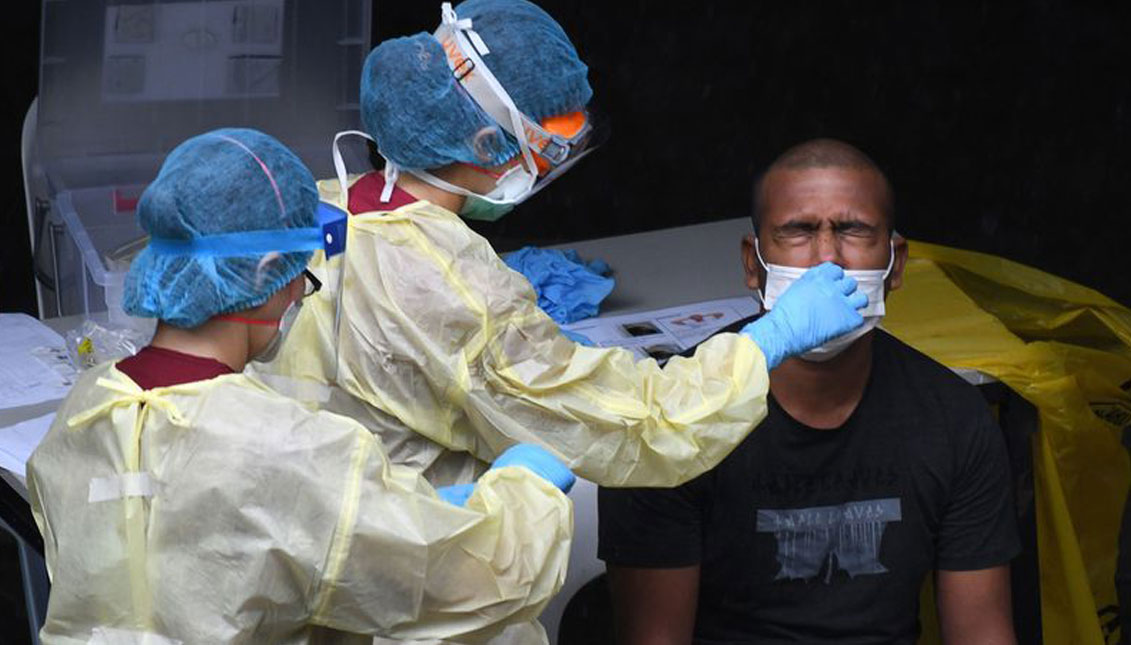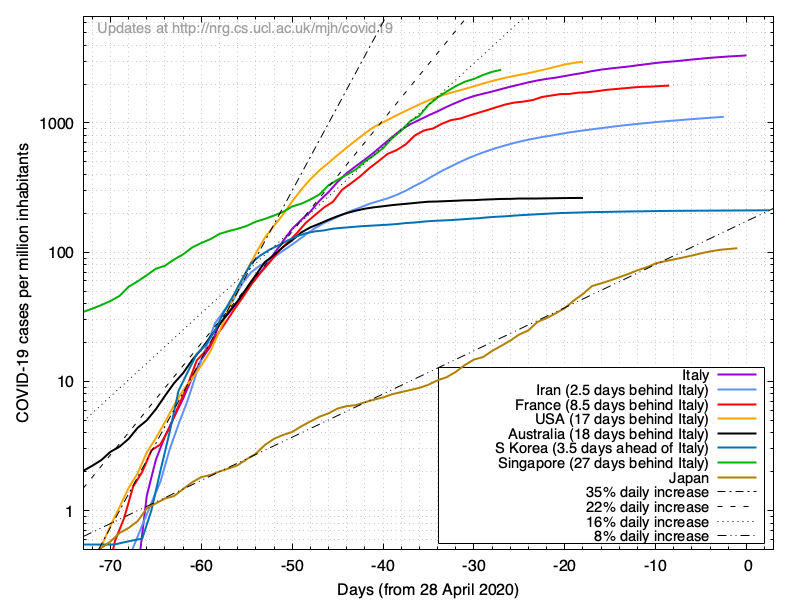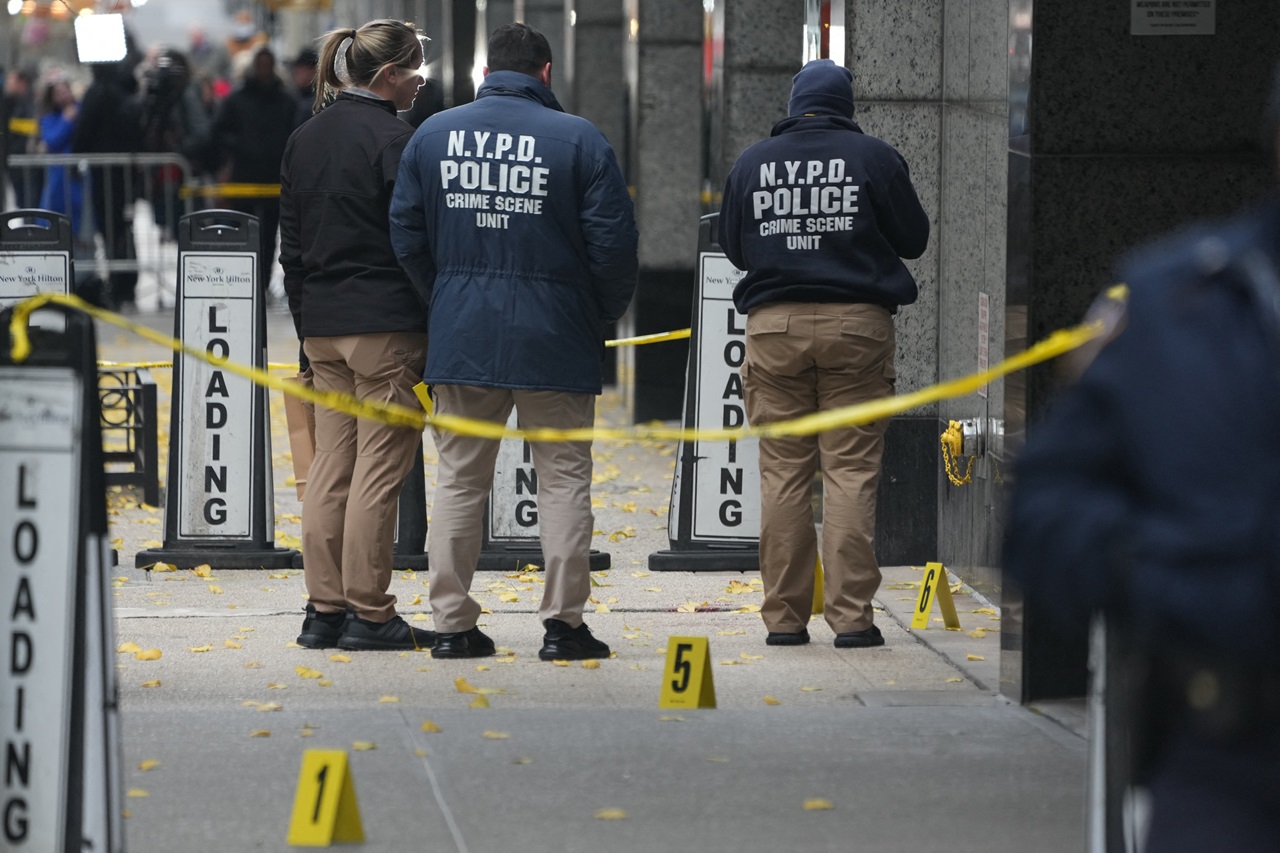
What Trump could learn from Singapore's coronavirus second outbreak: caring for migrants
The resurgence of COVID-19 in Singapore is exposing cracks in their strategy.
Having emerged as a role model in the early containment of COVID-19, the city-state of Singapore has seen a resurgence of the pandemic that is exposing the cracks in its strategy.
Given the proximity and intense trade between Singapore and China, from the beginning of the epidemic in China, the small state was classified as a candidate to be badly hit by the virus. However, having learned the lessons of the SARS epidemic, the Singaporean government took early and aggressive measures that allowed the virus to be contained on its islands.
Measures such as early border closures, extensive testing, implementation of strict quarantine, and aggressive contact tracing "flattened the curve" before the epidemic spread to large numbers of citizens.
These measures were accompanied by heavy subsidies to citizens, which allowed them to comply with them, but which were facilitated by the fact that in Singapore there is only one political party, which means that opposition is minimal, if not non-existent.
Until now, at the end of April, they began to see a resurgence of cases of COVID-19 in migrant worker dormitories on the island. The upsurge has been so aggressive that, according to the Times magazine, Singapore now has the highest number
of reported contagion in Southeast Asia.


RELATED CONTENT
This 1.4 million migrant workers usually live in large complexes with up to 20 bunks in the same room and shared bathrooms and kitchens. Although the country's legislation establishes that these types of buildings must have at least 4.5 square meters per person, these conditions do not allow for the social distancing necessary to halt the advance of the coronavirus.
A few months ago Tedros Adhanom Ghebreyesus highlighted Singapore's work by saying that they were leaving no stone unturned, but they did leave one: inequality.
This inequality meant that migrant workers did not report symptoms early on - partly because of fear of losing their jobs and being deported - and the overcrowding in which they now live is leading the government to seek desperate measures to relocate them and reduce the housing density in which they live.
The migrant workers who are being most affected in Singapore are the same ones who move key sectors of the economy such as construction, part of the medical service, deliveries and the food production chain.
The same workforce that in the United States we see is largely satisfied by the Latino population - undocumented or not - to whom President Trump has been so harsh and who, along with the population of color, are being disproportionately affected by the virus.
Latinos in the United States have not only been on the front lines of the COVID-19 by having jobs that have been classified as essential - despite the fact that they still have lower wages and benefits - but the inequity to which they are exposed and which this administration has continued to exacerbate may cause a resurgence of fearsome aggression in the United States.











LEAVE A COMMENT:
Join the discussion! Leave a comment.